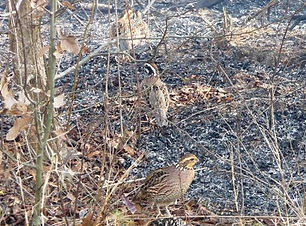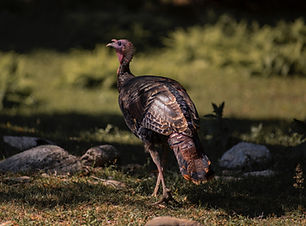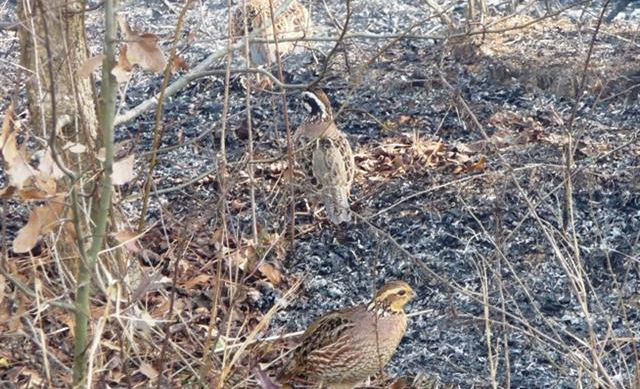
Wildlife Habitat Development & Management
For many landowners, the term "wildlife habitat" is often misapplied to planted food plots or land which is simply not being used for another purpose. Our perspective is much different and relies on research, not fads and gimicks. For every species, the improvement of habitat should be specific to the needs of the local population and utilize the existing natural potential. True enhancements take into account the food, cover, and water requirements every day of every season.
While we do offer general recommendations (similar to state biologists) for habitat enhancements, the majority of our clients in this arena have specific goals or objectives in mind. Our combination of knowledge in both research science and practical implementation gives us the opportunity to be able to create a long-term plan, achieve short-term results, and then continue our assistance through the life of management.
Our habitat services can broadly be divided and defined as follows:
-Planning: basic recommendations for specific species up to detailed comprehensive multi-year written plans.
-Implementation: subcontracting and supervising project activities (forest stand improvement, invasive species control, access improvements), installation of shrubs or forage plots, establishment of native vegetation, first-entry prescribed burns, species inventory surveys, and property improvements.
-Maintenance: annual operations once habitat components are functional (cyclical controlled burns, mowing, spot treatment herbicide application, access road and culvert monitoring, etc.)
The first step toward implementing
White-tailed Deer
Odocoileus virginianus
Many so-called "experts" recommend specialty blend food plots, secret minerals, or a garage full of new inventions. If you're ready for a comprehensive habitat strategy based on scientific research, you're in the right place. We'll schedule a tour of your property and help identify the best practices to implement in specific locations with the goal of healthier deer and less yearly expense. Incorporating your knowledge with our expertise will focus efforts where they will maximize results.

Northern Bobwhite
Colinus virginianus
Quail habitat management can be confusing, but it doesn't have to be. Our landscapes have drastically changed in the last 60 years, but the methods of Walter Rosene and Herbert Stoddard are still working within the quail range. While it's tempting to think you'll save money by learning it on your own, the truth is that there is an equal amount of mediocre information on quail habitat as there is good.

Eastern Wild Turkey
Meleagris gallopavo silvestris
The wild turkey is much more adaptable than previously thought. Nonetheless, it favors areas where multiple habitat types are present....which we can help create. The trick is knowing where and how much.
More content coming soon. Until then, browse these photos of different types of wildlife and their habitat. Note that each differs in regard to tree heights, ground vegetation, canopy structure, understory composition, and plant density.



















